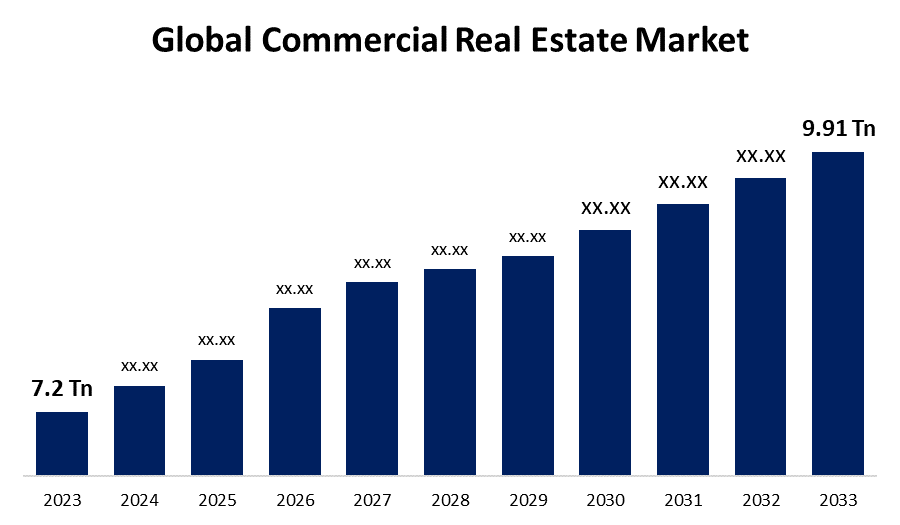The commercial real estate landscape is always evolving, and special-purpose properties are no exception. These are buildings constructed for a very specific function—such as hospitals, theaters, religious facilities, or cold storage centers. Unlike traditional office spaces or retail units, they serve niche markets with unique needs. As consumer behavior, technology, and economic pressures shift, so do the opportunities and risks in this specialized segment of real estate.
Growing Demand in Niche Industries
One of the strongest trends is the growing demand for special-purpose properties in industries like healthcare, data storage, and logistics. With aging populations and increased health awareness, medical centers and clinics are expanding across both urban and suburban areas. Likewise, e-commerce growth has created a surge in demand for cold storage facilities and last-mile delivery hubs. Investors are starting to pay closer attention to these asset types, especially as traditional office spaces struggle to stay full.

Adaptive Reuse and Property Conversions
Another rising trend is the creative repurposing of underused buildings into special-use spaces. For instance, older movie theaters are being turned into performing arts venues or boutique event spaces. Vacant schools are being converted into community centers or coworking hubs. This shift is not only cost-effective but also meets the rising demand for unique property experiences. Adaptive reuse helps investors tap into the potential of existing structures without the cost and complexity of ground-up development.
Increased Focus on Technology and Infrastructure
Technology is also playing a major role in the transformation of special-use commercial properties. Many of these buildings now require high-tech upgrades to meet tenant expectations. Data centers, for example, need advanced cooling systems and cybersecurity features. Medical buildings must accommodate state-of-the-art equipment and telehealth services. These infrastructure requirements are becoming a standard part of development and investment planning. Investors who prioritize tech-friendly facilities are likely to see stronger returns.
Regional Shifts and Suburban Growth
Location trends are shifting, especially since the pandemic accelerated the move toward suburban living and remote work. As a result, special-purpose properties in suburban areas are gaining attention. Outpatient centers, schools, and religious buildings are seeing renewed interest outside of city centers. This change is also driving more balanced regional development, with smaller markets benefiting from increased commercial activity. These patterns are reshaping long-term investment strategies for property developers and fund managers.
Investment Outlook and Opportunities
Looking ahead, the outlook remains cautiously optimistic. While market uncertainties exist, especially around inflation and interest rates, demand in select sectors continues to grow. Investors and developers are advised to monitor special-purpose commercial real estate market trends carefully to identify where the most promising opportunities lie. Focusing on properties that align with long-term societal needs—such as healthcare, logistics, and education—can provide stable returns and portfolio diversification.